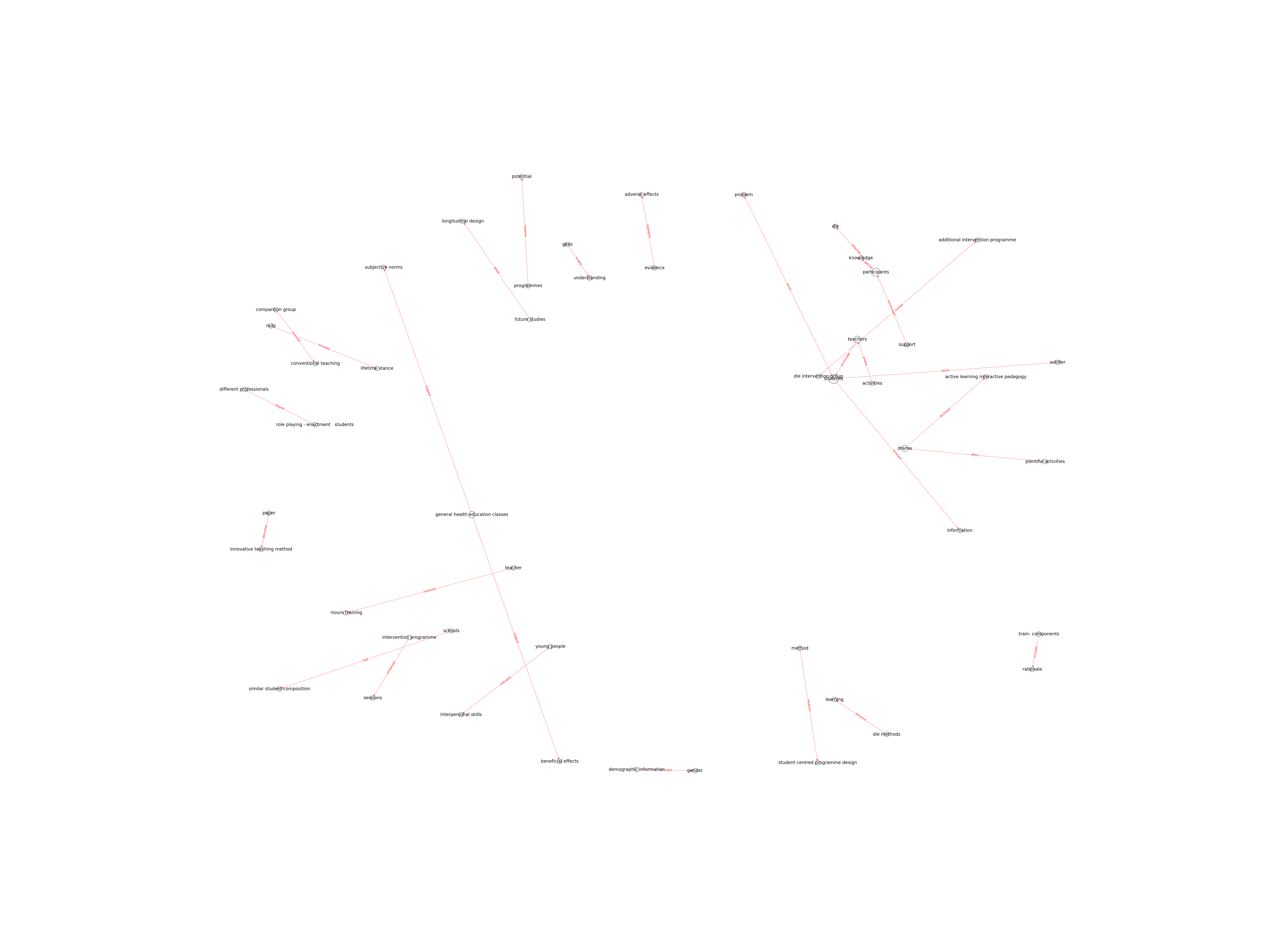| Id | 93 | |
| Author | Huang, S., F.; Zheng, W., L.; Liao, J., Y.; Huang, C., M.; Lin, T.,Y.; Guo, J., L. | |
| Title | The effectiveness of a theory-based drama intervention in preventing illegal drug use among students aged 14–15 years in Taiwan. | |
| Reference | Huang, S. F., Zheng, W. L., Liao, J. Y., Huang, C. M., Lin, T. Y., & Guo, J. L. (2018). The effectiveness of a theory-based drama intervention in preventing illegal drug use among students aged 14–15 years in Taiwan. Health Education Journal, 77(4), 470-481. |
|
| Keywords | adolescents; drama in education (DIE); drug prevention; Taiwan; theory of planned behaviour |
|
| Link to article | https://doi.org/10.1177/0017896918768647 |
|
| Abstract | Age of initiation of drug use is closely associated with the risk of developing drug dependence or abuse. Effective programmes are needed to prevent adolescents from using drugs at an early age. The aim of this intervention programme was to prevent adolescents from using illegal drugs by using drama in education (DIE) to convey a universal prevention strategy. |
|
| Metodology | The intervention programme comprised six sessions of 45minutes each and was implemented over six consecutive weeks. Each session of the intervention programme began with a warm-up activity lasting 3–5minutes, followed by drama activities, the conclusion and reflection. The programme was developed on a prior programme that combined the TPB with life skills (Guo et al., 2015; Huang et al., 2012). We set the learning objectives and drama activities (including enactment, reenactment, role playing, acting the dialogue and scenarios) in each session by integrating different components of life skills. The content validity of the teaching materials was reviewed by two professors of health education specialised in drugs education and prevention, and by two DIE professionals. The teacher who conducted the intervention received 10-hours training. The training components included the rationale for the programme, the procedure/protocol for conducting the programme, implementation of DIE and required skills for guiding students to complete the DIE activities, such as reflecting. |
Technique | Questionnaire; Quasi-experimental design; TPB scale; Content validity index; GEE; DIE method |

Note: Due to lack of computing power, results have been previously created and saved in database


